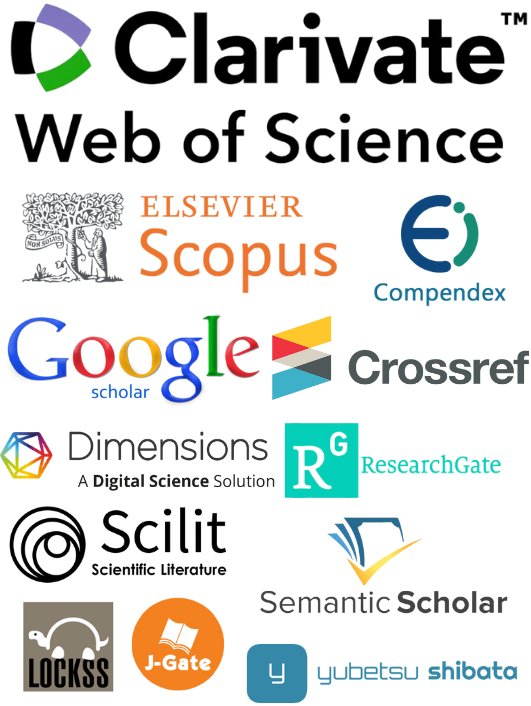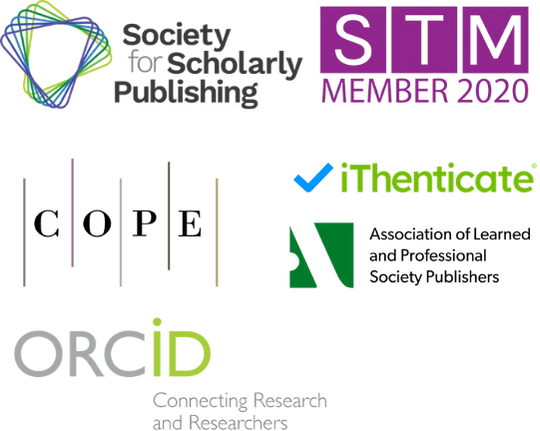Dance Education Curriculum Development for Contemporary Performing Arts Academic Programs
DOI:
https://doi.org/10.71222/0myzv243Keywords:
dance education, curriculum development, contemporary performing arts, pedagogical approaches, creative movement, academic programsAbstract
Contemporary performing arts education requires innovative curriculum development approaches that balance traditional pedagogical foundations with modern educational paradigms. This paper examines the comprehensive development of dance education curricula for contemporary performing arts academic programs, focusing on evidence-based practices, student-centered learning methodologies, and industry-relevant skill development. The research investigates the integration of creative movement practices, cognitive development enhancement, injury prevention protocols, and inclusive educational approaches within structured academic frameworks. Through systematic analysis of current pedagogical approaches and examination of educational outcomes, this study presents a framework for developing robust dance curricula that address diverse learning needs while maintaining academic rigor. The findings demonstrate that well-structured contemporary dance programs enhance cognitive performance, promote creativity, and develop essential life skills while providing pathways for professional development. The proposed curriculum framework incorporates assessment methodologies, progression tracking systems, and adaptive learning strategies that accommodate students with varying abilities and backgrounds. This comprehensive approach to curriculum development ensures that contemporary performing arts programs remain relevant, engaging, and effective in preparing students for careers in the evolving dance industry while fostering personal growth and artistic expression.
References
1. L. Yang, "The Evolution of Ballet Pedagogy: A Study of Traditional and Contemporary Approaches," J. Lit. Arts Res., vol. 2, no. 2, pp. 1–10, 2025, doi: 10.71222/2nw5qw82.
2. Y. Sun and H. Liu, "Prevalence and risk factors of musculoskeletal injuries in modern and contemporary dancers: a systematic review and meta-analysis," Front. Public Health, vol. 12, 2024, doi: 10.3389/fpubh.2024.1325536.
3. E. E. Lobel, "Recommendations for Screening Measures in Undergraduate Freshman Female Dance Majors," J. Dance Educ., pp. 1–8, 2023, doi: 10.1080/15290824.2023.2222712.
4. S. J. Kenny, M. L. Critchley, J. L. Whittaker, V. W. Kodalore Vijayan, and C. A. Emery, "Association between pre-participation characteristics and risk of injury amongst pre-professional dancers," Phys. Ther. Sport, vol. 52, pp. 239–247, 2021, doi: 10.1016/j.ptsp.2021.10.003.
5. A. Milne, M. Atkinson, G. Kerr, and A. Stirling, "Instructional Practices and Interpretations of Harm: A Qualitative Inquiry with 24 Competitive Dancers," J. Dance Educ., pp. 1–12, 2024, doi: 10.1080/15290824.2023.2224799.
6. M. Kimmel, D. Hristova, and K. Kussmaul, "Sources of Embodied Creativity: Interactivity and Ideation in Contact Improvi-sation," Behav. Sci., vol. 8, no. 6, p. 52, 2018, doi: 10.3390/bs8060052.
7. B. Tokay and M. Akil, "'Creative dance and football' education program improves cognitive skills of 9–10-year-old school children," Res. Dance Educ., pp. 1–14, 2025, doi: 10.1080/14647893.2025.2462531.
8. V. van den Berg, E. Saliasi, R. H. M. de Groot, M. J. M. Chinapaw, and A. S. Singh, "Improving Cognitive Performance of 9–12 Years Old Children: Just Dance? A Randomized Controlled Trial," Front. Psychol., vol. 10, 2019, doi: 10.3389/fpsyg.2019.00174.
9. H. Payne and B. Costas, "Creative Dance as Experiential Learning in State Primary Education: The Potential Benefits for Chil-dren," J. Exp. Educ., vol. 44, no. 3, p. 105382592096858, 2020, doi: 10.1177/1053825920968587.
10. C. Merino-Campos, "Integrating dance in early childhood education for students with special educational needs: a compre-hensive bibliographic review," Res. Dance Educ., pp. 1–19, 2025, doi: 10.1080/14647893.2025.2465457.
11. P. T. Sowden, L. Clements, C. Redlich, and C. Lewis, "Improvisation facilitates divergent thinking and creativity: Realizing a benefit of primary school arts education.," Psychol. Aesthet. Creat. Arts, vol. 9, no. 2, pp. 128–138, 2015, doi: 10.1037/aca0000018.
12. P. Jansen, J. Kellner, and C. Rieder, "The Improvement of Mental Rotation Performance in Second Graders after Creative Dance Training," Creat. Educ., vol. 04, no. 06, pp. 418–422, 2013, doi: 10.4236/ce.2013.46060.
13. K. Horrigan, "Welcoming in Dancers from All Traditions," J. Dance Educ., vol. 20, no. 3, pp. 142–147, 2020, doi: 10.1080/15290824.2020.1789147.
14. M. Hu and J. Wang, "Artificial intelligence in dance education: Dance for students with special educational needs," Technol. Soc., vol. 67, p. 101784, 2021, doi: 10.1016/j.techsoc.2021.101784.
15. X. Zong, Q. Li, and Q. Shi, "A study of the impact mechanism of Chinese higher folk dance education on the traditional national cultural inheritance and innovation among young universities students: a deep exploration," Res. Dance Educ., pp. 1–25, 2025, doi: 10.1080/14647893.2025.2465462.
Downloads
Published
Issue
Section
License
Copyright (c) 2025 Liang Zhang (Author)

This work is licensed under a Creative Commons Attribution 4.0 International License.


